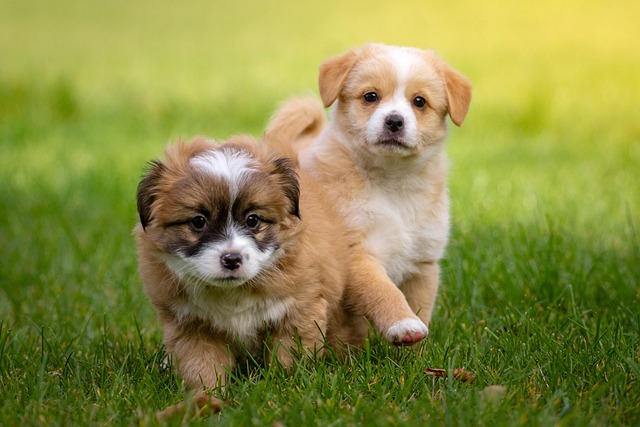
How can I tell if my dog's heatstroke is serious
Let’s be real: It’s a sticky August morning in Los Angeles, and you took your 2-year-old Golden Retriever, Max, for a walk a little later than usual
After giving your energetic Golden Retriever a bath in your apartment's small bathroom, you might be towel-drying his thick fur and wondering if you should reach for that bottle of human conditioner to help with the tangles. It’s a common question for new dog owners, especially after a muddy trip to the local dog park. The straightforward answer is yes, you can use conditioner on your dog, but it is absolutely essential that you use a product specifically formulated for canines. The pH level of a dog’s skin is different from human skin; using your own salon-grade conditioner can strip their natural protective oils, leading to dryness, irritation, and even dermatitis, which defeats the entire purpose of making their coat look and feel better.
The science behind canine conditioner is all about balance and protection. A good dog conditioner is designed to work in harmony with the pH of canine skin, which typically ranges from 6.2 to 7.4, compared to the more acidic human skin. Its primary jobs are to seal the hair cuticle after shampooing, replenish moisture, and provide a protective barrier against environmental elements like pollen or dust common in urban and suburban areas. For breeds with long, luxurious coats like Yorkshire Terriers or show-quality Poodles, a leave-in or rinse-out conditioner is practically non-negotiable for preventing painful mats and making post-bath brushing a smoother experience for both of you.

Your practical approach should start in the pet supply aisle, not your own shower. Look for a conditioner labeled for dogs, with natural ingredients like oatmeal or aloe vera, which are soothing for sensitive skin. The application process is key: after a thorough shampoo and rinse, apply the conditioner, avoiding the eye area, and massage it through the coat. Use this time for a gentle, positive bonding experience. Speak to your dog in a calm voice and offer a small treat for standing still. This aligns perfectly with modern, force-free training methods that are the ethical standard in the U.S. and Europe. Rinse completely with lukewarm water until the water runs clear, as any residue can attract dirt and lead to skin issues.
This grooming ritual is also a perfect time to handle broader compliance and health checks. While your dog is calm and clean, take a moment to gently check their ears and ensure their rabies vaccination tag is securely on their collar. This is more than a formality; in most American states, having current rabies vaccination records is legally required, and you’ll need them for everything from vet visits to boarding your dog during a vacation. A well-groomed dog is also a matter of community etiquette. Regular grooming significantly reduces shedding and dander in shared apartment hallways and on furniture. Furthermore, a clean, mat-free dog is more comfortable and less likely to be irritable, making them easier to manage on a leash during walks and ensuring you can always focus on the important task of promptly cleaning up after them, a civic duty often mandated by local ordinances.
Ultimately, using a dog-specific conditioner is a simple yet powerful step in your overall grooming routine. It’s an act of care that goes beyond aesthetics, contributing to your dog’s skin health and your mutual bond. By choosing the right product and integrating it into a positive, stress-free routine, you’re not just creating a softer coat—you’re upholding the highest standards of responsible and compassionate pet ownership in your community.

Let’s be real: It’s a sticky August morning in Los Angeles, and you took your 2-year-old Golden Retriever, Max, for a walk a little later than usual

You're enjoying a summer afternoon at the park when you notice your dog has stopped panting and appears disoriented - their gums are bright red

Let’s paint the picture: You’re in your Denver apartment, watching your 4-year-old Boston Terrier, Ruby, plop down mid-play session with her favorite toy

Many dog owners notice their pets nails seem shorter after regular walks,but how much does this daily activity actually help?The answer depends on where you walk—concrete sidewalks or asphalt streets gently file nails as a dog's paws hit the ground

Most dog owners notice their pup scooting across the carpet at some point, but few connect it to impacted anal glands. These small sacs near a dog’s rectum secrete a scent for marking territory

Most vets agree that regular dog teeth cleaning is key to avoiding painful dental issues later. For healthy adult dogs, a professional cleaning at the vet’s office every 12 to 18 months usually works well.